Ever Heard of a Traditional Neighborhood Development? Here’s What You Need to Know.
Tradition at Red Hook | October 13, 2020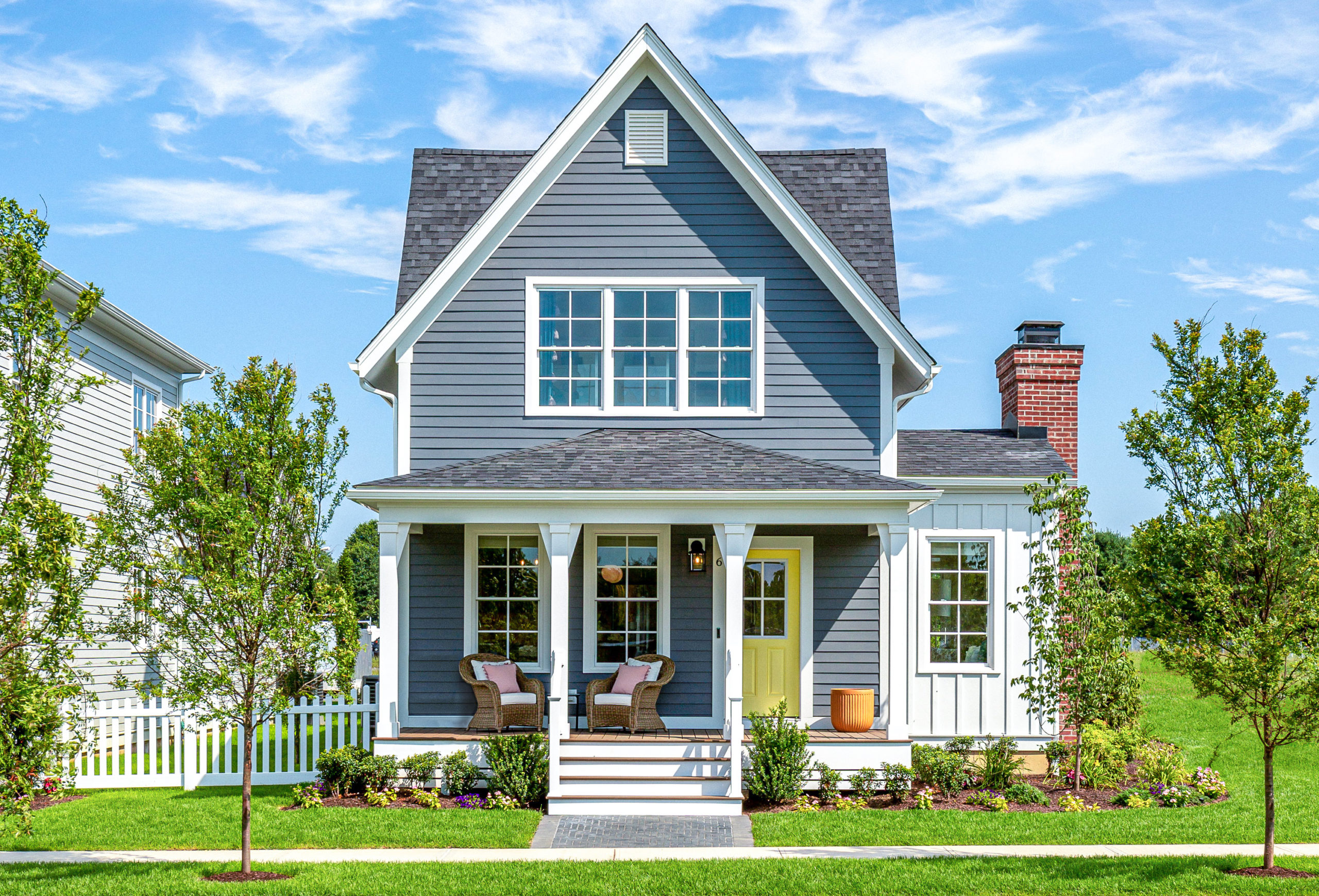
The Abbey Cottage from Tradition at Red Hook. Photo by David Nieves.
With so many people leaving the city for the country, 2020 is shaping up to be the year of relocation. And those newly in the market for a new home have a wide variety of options to choose from. Here in the Hudson Valley and Catskills alone, options range from a rustic off-the-grid cabin in the woods to historic townhouses in charming riverfront cities and everything in between. For anyone hoping to blend the walkability of a city with the rustic charm of the country, there’s also the traditional neighborhood development (TND), a style of carefully planned neighborhood designed to foster connections and provide respite from the trends of urban sprawl.
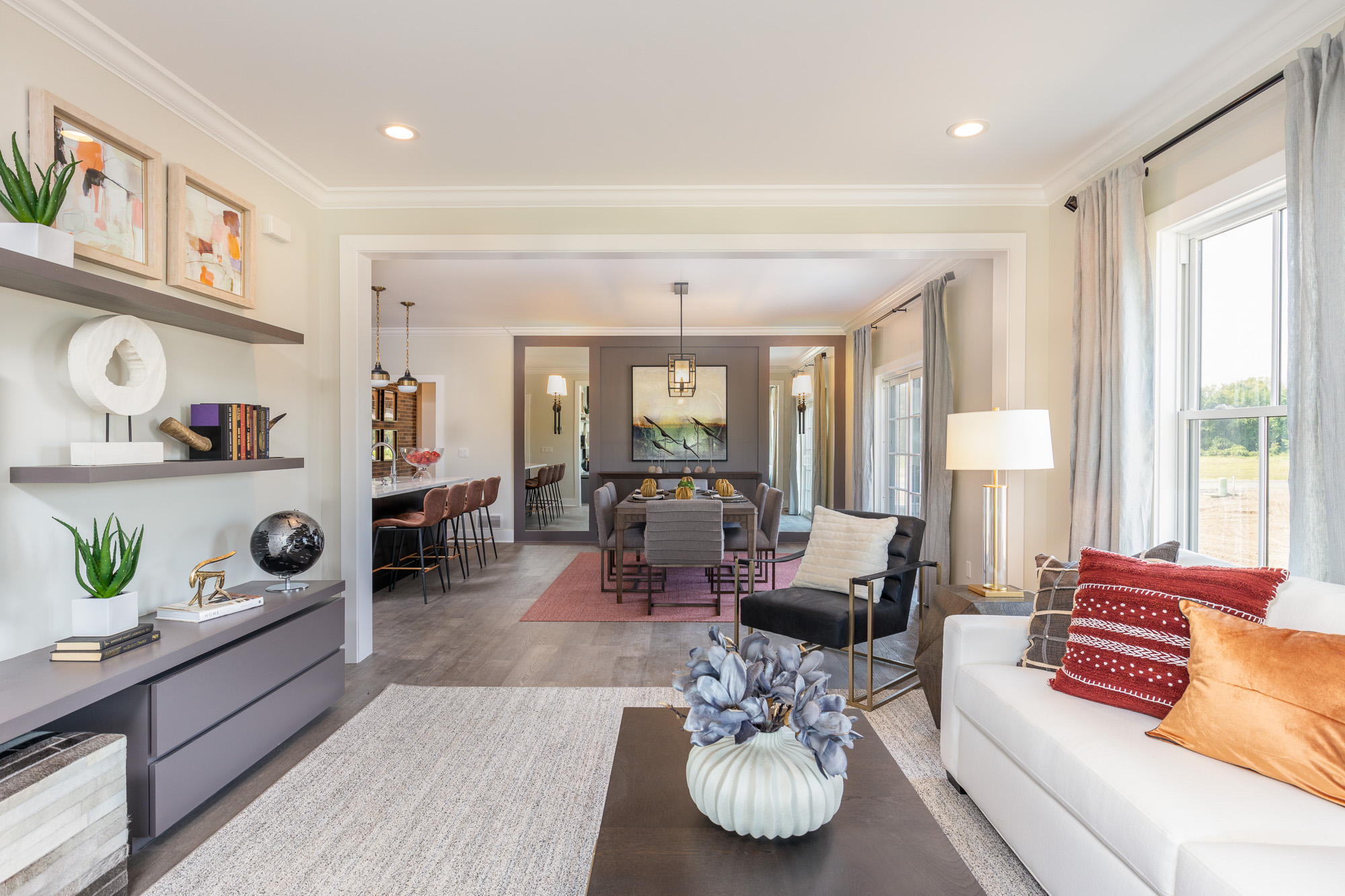
The Roxbury Townhome design from Tradition at Red Hook. Alon Koppel Photography
“‘Traditional neighborhood’ doesn’t mean neighborhoods that replicate the past in a nostalgic manner,” says Michael Watkins, Architect Urban Designer for Tradition at Red Hook, an in-construction TND located in Red Hook, the village just north of Rhinebeck. “It’s about choosing the best ideas that have worked well over time and replicating those while simultaneously innovating to meet today’s needs of daily living.”
Because of the varied influences designers like Watkins incorporate into TNDs, there is no one-size-fits-all definition of what they look like. However, there are several key design principles that unite TNDs, and which can be found throughout Tradition at Red Hook.
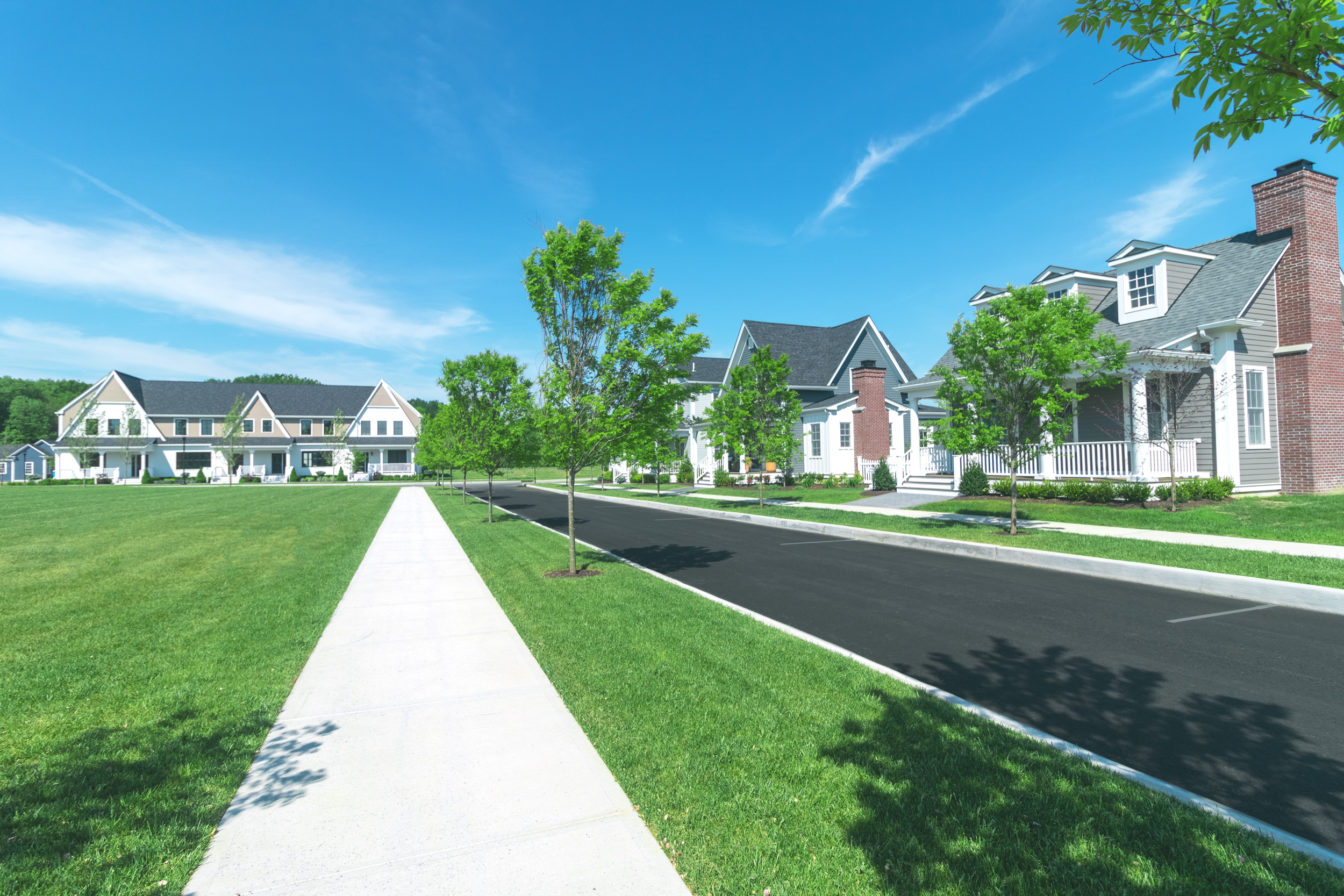
Extra-wide sidewalks at Tradition at Red Hook accommodate more residents and encourage conversation. Photo by David Nieves.
Pedestrian-Centric Design
“Designing places around the needs of pedestrians is a key principle behind Tradition at Red Hook,” says Watkins. Design features like larger, functional front porches, wide sidewalks (and garages that don’t cut right through them), interconnected tree-lined streets, and open space help create this people-friendly design at Tradition.
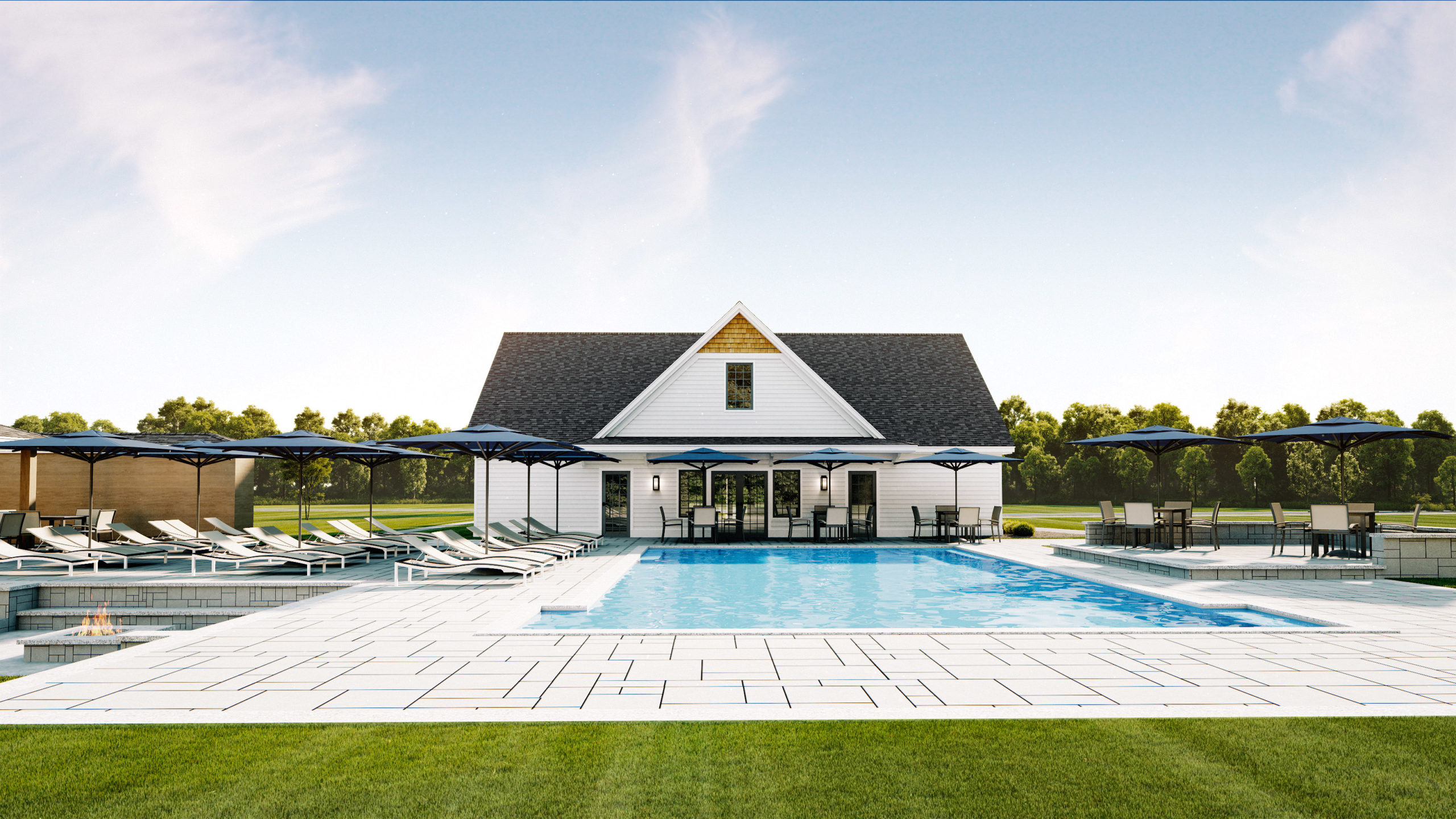
Rendering for the clubhouse and pool at Tradition at Red Hook by Union Studio Architecture.
Shared Resources That Foster Community
Most TNDs have a focus on central, shared areas for recreation and socialization, which are designed to help community members build relationships with each other. “The Community Green at Tradition at Red Hook was not an accident,” says Watkins. “It was a priority to create a beautiful, welcoming open public space that could be enjoyed by everyone: not just those who live in the community of Tradition, but everyone in the town as well.”
Other amenities at Tradition that residents will share include a fitness center, mail building, dog park, multi-purpose field, community garden, and a club house with a pool. Over 30 acres of the 50-acre property have also been preserved and will feature walking trails throughout.
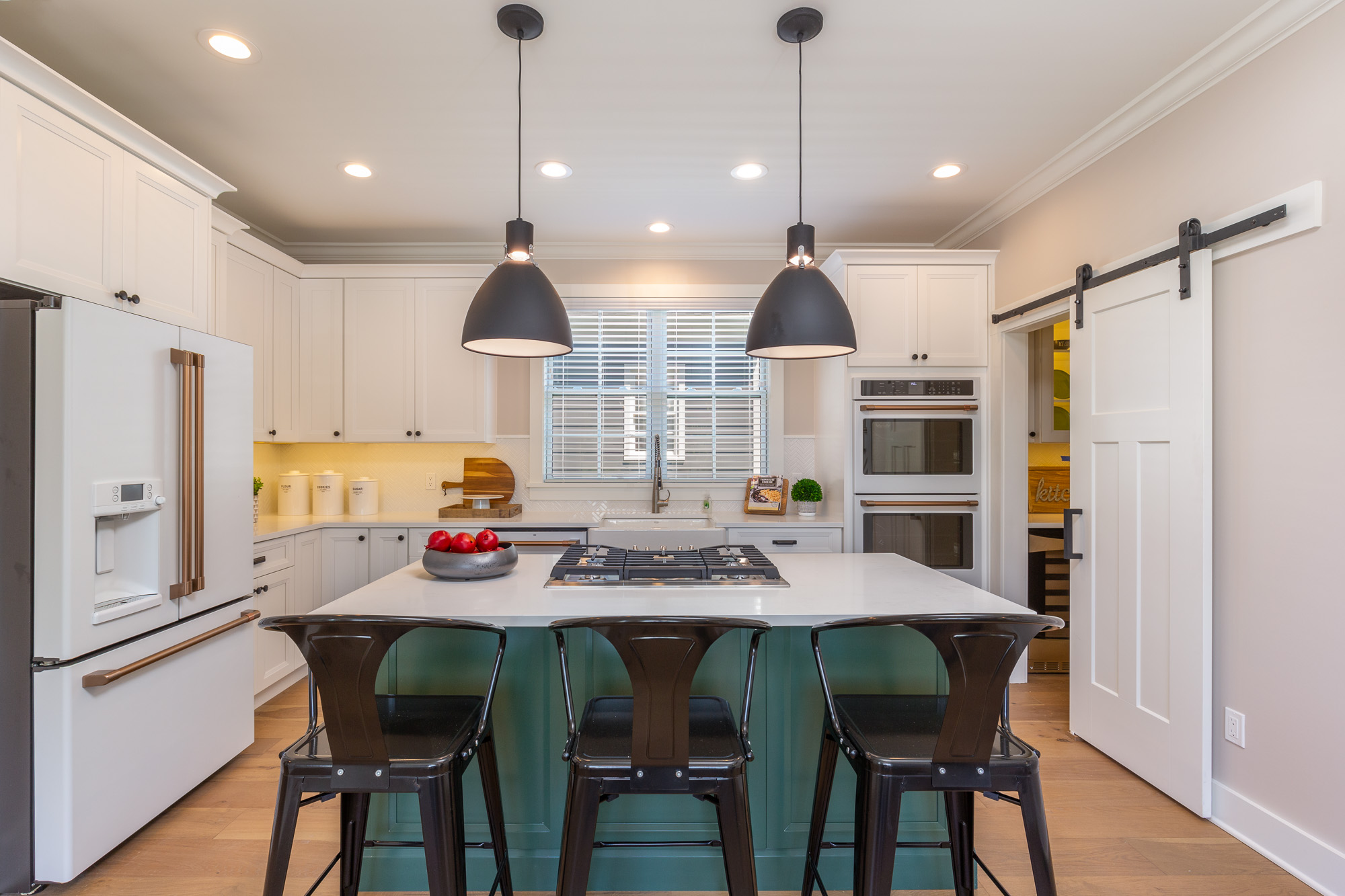
A kitchen in The Baldwin, one of Tradition at Red Hook’s single-family home styles. Alon Koppel Photography.
A Mix of Housing Styles That Feels Organic
Another key principle of TNDs is a wide variety of housing styles for residents to choose from, which provides options that fit the needs of a more diverse population. “We included a wide variety of residential types,” says Watkins of Tradition’s design. “This is not a place where the same house is built and repeated. Each one is unique, which gives us a chance to build a more diverse and interesting community.” To further customize each design, homeowners at Tradition make a lot of choices in the the build-out of their home, including the location, model, style, and interior finishes.
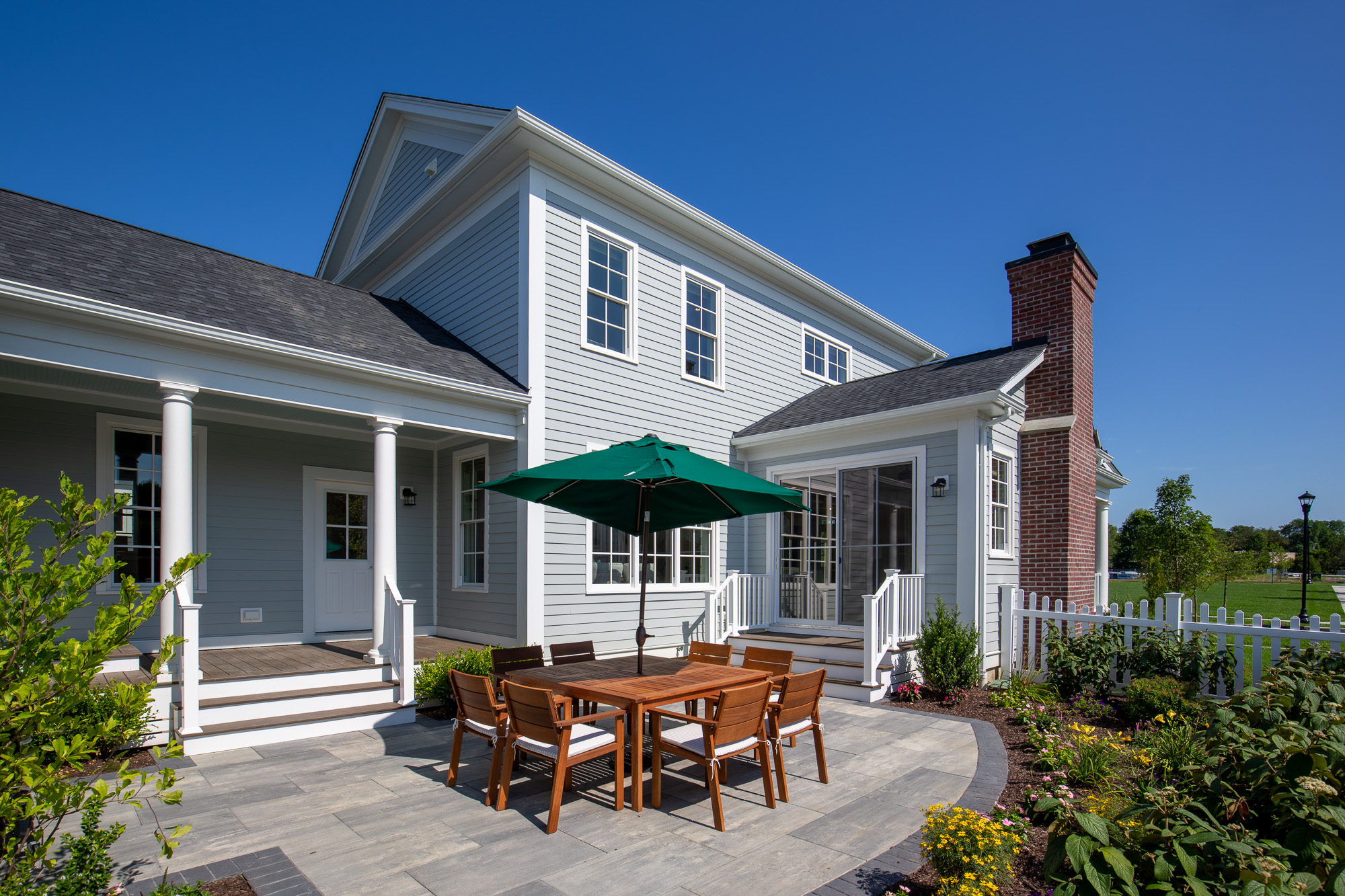
The Baldwin design from Tradition at Red Hook. Alon Koppel Photography.
An Emphasis on Sustainability
In their focus on walkability, TNDs also promote a higher level of sustainability in residents’ daily lives. The ability to walk to amenities within the community like the mail building and gym decreases residents’ carbon footprint. Tradition is also within walking distance from several of Red Hook’s local businesses, which not only helps decrease reliance on cars but is designed to help the small businesses already in the community continue to thrive.
To learn more about Traditional Neighborhood Developments and Tradition at Red Hook,
visit traditionrh.com.
This content is made possible by our sponsor. It does not necessarily reflect the attitude, views, or opinions of the Chronogram Media editorial staff.
Read On, Reader...
-
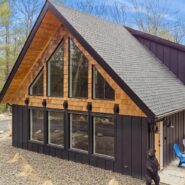
Jane Anderson | April 15, 2024 | Comment A Two-Year-Old Two-Story in Kerhonkson: $849K
-
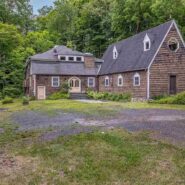
Jane Anderson | April 13, 2024 | Comment A Former Church/D&H Canal Museum in High Falls: $499K
-
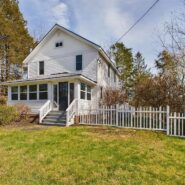
Jane Anderson | April 11, 2024 | Comment A Tastefully Redone Home in Stone Ridge: $425K
-
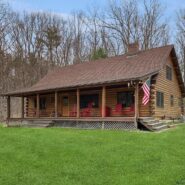
Jane Anderson | April 10, 2024 | Comment A Stone Ridge Log Home: $749K
